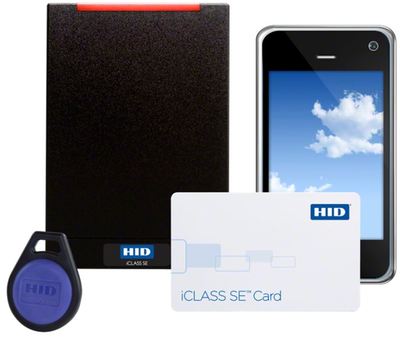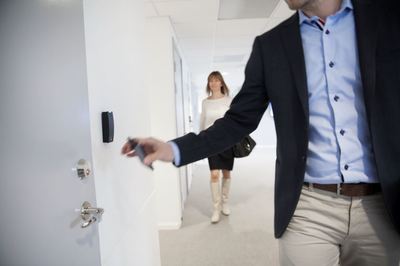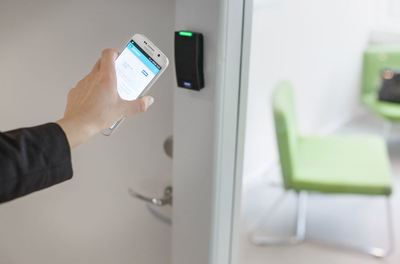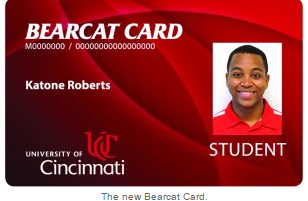|
by: David Stallsmith
Senior Product Manager of Advanced Technology Cards About 40 years ago, the first campus card was used to monitor access to a university dining hall. A few years later, the mag stripe card was introduced to the university campus. Since then, university ID cards have become as important as backpacks and blue jeans on campuses around the world. One of the challenges for card offices, security, dining services, housing and IT personnel has been to decide which technologies will make their cards most successful and cost-effective on their campus. In the days of mag stripes and bar codes, this question usually answered itself. But now, with a multitude of chips available for cards, both contact and contactless, the decision has become more difficult. Although ID Cards were first used for meal plans, it wasn't long before they began to be used to open doors (physical access). Following the lead of the hotel industry, the predominant technology used for physical access was the magnetic stripe. Also used widely for credit cards, the magnetic stripe card is fairly inexpensive and easy to program. The swipe readers on the doors around a campus could be in either online or offline mode. Until recently, the magnetic stripe was considered secure enough for this physical access. Unfortunately, magnetic stripes have no particular inherent security and are very easy to duplicate. This is not considered a problem for the credit cards that we carry every day, because the credit card issuers (Visa, MasterCard) will not require us to pay for unauthorized purchases. This is a guarantee by the issuer and not a result of the security of the magnetic stripe. For the physical safety of the university population however, the magnetic stripe is now known to be insufficient. Recently, a number of universities have found their names in the local or national newspapers after a student had "cloned" the magnetic stripe card of a prominent university official or fellow student, and breached the system. About 20 years ago, Prox cards with radio frequency IC chips were introduced. Transmitting at 125 KHz, they provided a much higher level of security than magnetic stripes. Not as easy to clone as a magnetic stripe card, Prox cards have become vulnerable to attacks as their technology has aged. Recently, the Prox chip has been eclipsed by a new radio frequency chip, known as high frequency "contactless smart cards". Though they are used at the door in much the same manner as Prox cards, they operate at 13.56 MHz. Mifare, Legic and HID's iCLASS fall into this category. These chips provide a significantly more secure card-reader interface than the old Prox chips and their readers. Before the transmission of encrypted personal data, there is a challenge-and-response sequence of communications, through which the card and reader verify that each other is trustworthy for this transaction. Data stored on the card is also encrypted. A significant benefit of contactless over magnetic stripe cards is that the cards are not dragged through swipe readers, which is very damaging to the surface of the cards. As a university considers changing to a card containing one of the newer technology chips, cost is certainly an important factor in the decision. Any card with a chip in it will be more expensive than a plain PVC card or even a mag stripe card. Installing new or replacing existing readers brings with it the costs of new readers and installation. Fortunately, new contactless card readers can often be installed in the place of existing prox or magnetic stripe readers with no significant change to the existing wiring or mounting box. There is a protocol for security wiring called "Wiegand" and it is an industry standard for many different types of readers. As plans are being made to upgrade an infrastructure, looking into the future reveals two new trends in card reader technology: Wireless contactless readers (Wi-Fi - 802.11), which can be installed in locations that are difficult or expensive to reach with wires; and IP-addressable network readers, which can be employed to interface directly with software and replace old control panels. In future articles, I will discuss the workings of high frequency contactless cards and the new possibilities they bring for campus card use. Learn more about contactless cards here = Advanced Technology Cards, contact us Toll Free 888-682-6567 or email us at [email protected].
0 Comments
|
Categories
All
Archives
July 2020
|
WE'RE HERE TO HELP.
|
ColorID has spent over 24 years serving the ID Industry with top-level sales and support to build the ultimate trust with every customer.
|
|
|
|











